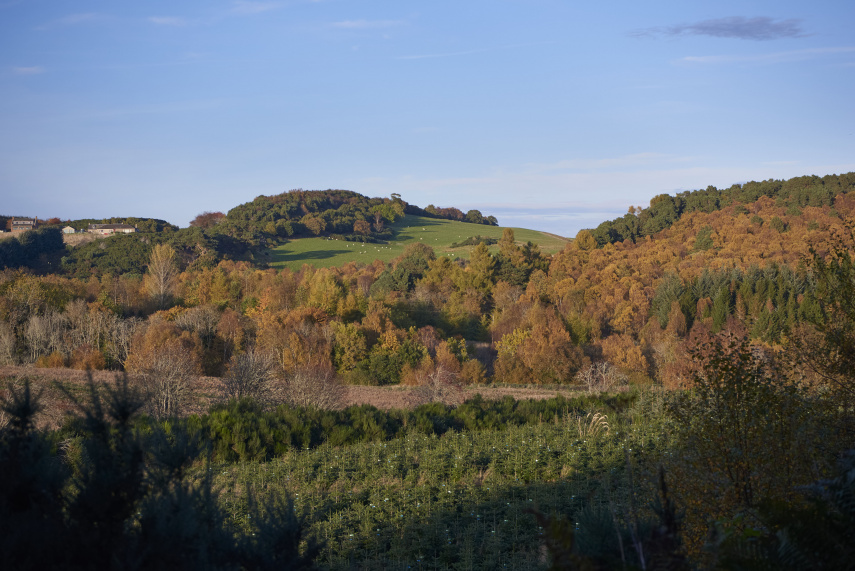Regional Land Use Partnerships to help drive urgent climate action
The way that land is owned and used is central to tackling climate change and the post Covid-19 economic recovery in Scotland, and the decisions and action needed should be driven at the regional scale. That is the message in advice published today by the Scottish Land Commission to Scottish Government on the establishment of new Regional Land Use Partnerships.
The recommendations to Ministers, informed by extensive stakeholder engagement, set out a series of proposals about how the Partnerships might function to deliver on Scotland’s big ambitions on climate action and help support green economic recovery.
The proposal for Regional land Use Partnerships was first set out in Scotland’s Land Use Strategy in 2016, and given renewed impetus with the Climate Change Act in 2019.
Land use is recognised as central to delivering Scotland and the UK’s climate change targets. The partnerships will play a pivotal role in driving change to a net zero economy.
While climate targets have introduced a new urgency to land use change, Covid-19 has significantly changed the context.
Speaking about the report, Hamish Trench, the Commission’s Chief Executive, said: “Scotland’s net zero climate targets depend on land use. On top of that now is the need to ensure Scotland’s post-Covid economic recovery is inclusive and that we make the most of our land, for the benefit of everyone.
“It is now even more important that the partnerships should strengthen the way land use supports regional economic resilience, economic recovery and renewal.
“The proposed partnerships represent significant opportunity to increase momentum and deliver change at the pace and scale needed to meet these challenges.”
The Commission has made four main recommendations to Ministers:
• Use the partnerships to drive a collaborative approach to land use decision making in the public interest and to prioritise and target delivery of public funding to achieve land use objectives
• Set up around 12-15 Partnerships covering all of Scotland, connecting urban and rural Scotland based on the geography of planning authorities
• Ensure the partnerships comprise an appointed board so as to be accountable and sufficiently independent
• Establish the first partnerships in 2021 to test approaches and ensure partnerships are operational across all of Scotland ahead of the next Climate Change Plan (2023-2024) to meet the urgency of climate change targets.
The partnerships bring an opportunity for land reform to engage more people in decisions about land, putting into practice the principles of the Scottish Government’s Land Rights and Responsibilities Statement, and better connect strategic land use decisions with wider regional economic, community and environmental priorities.
Land Reform Secretary Roseanna Cunningham said:
“I am grateful to the Scottish Land Commission for their advice on the establishment of Regional Land Use Partnerships. The proposals represent a strong starting point as we continue to develop our approach to land use in support of Scotland’s green recovery and our transition to becoming a net-zero society.
“The development of Regional Land Use Partnerships presents a real opportunity to deliver land use change. It is important that government, land owners, stakeholders and local communities work together to ensure a fair and inclusive approach to these partnerships, making sure they meet local priorities whilst also supporting our national endeavour to end Scotland’s contribution to climate change. We will now take forward work to build on the SLC advice, and hope to announce the pilot areas in the near future.”
In drawing together its recommendations to Ministers, the Commission reviewed lessons from existing approaches in Scotland, looked at international experience of regional scale land use planning and engaged widely to develop proposals that are ambitious, practical and effective.
Advice to Scottish Government on Regional Land Use Partnerships and Appendices
